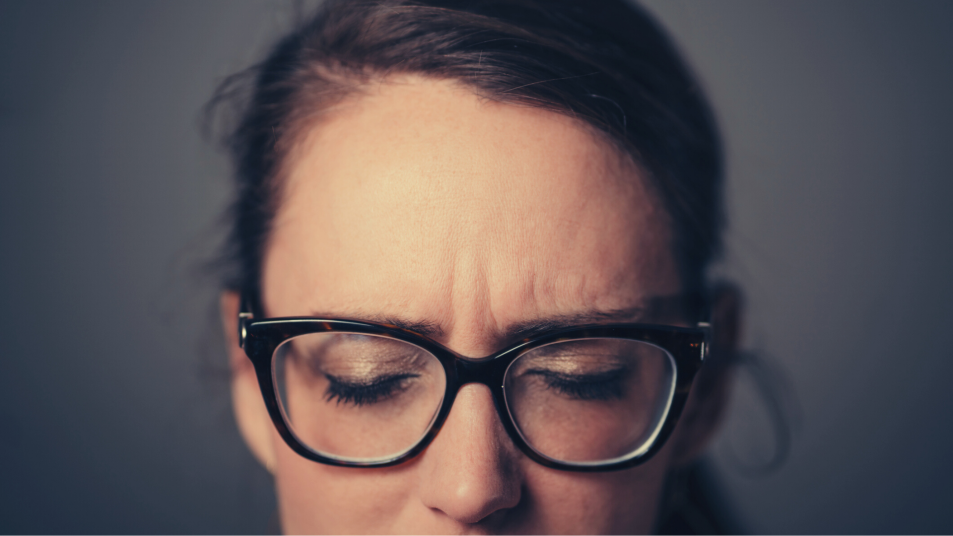Silent Migraines Are Real — Here’s How to Treat Them Without Meds
Only 50 percent of those who suffer from silent migraines get diagnosed. Here's what to know.

Migraines don’t always come with head pain, so women with “silent” migraines, marked by visual disturbances, fatigue and other migraine symptoms, may suffer for years before they’re diagnosed and treated, says John Rothrock, M.D., a professor of neurology at the George Washington University School of Medicine. In fact, only half of sufferers are properly diagnosed.
Silent migraines strike women up to three times more than men. And because the symptoms may be vague, women may not see a doctor or may rush to the ER when vision problems or dizziness strike, and spend thousands on testing, Dr. Rothrock says.
Diagnosis is a matter of ruling out other conditions, which can be frustrating. If you suspect silent migraines, talk to a headache specialist about it. In the meantime, the steps below can help.
How to Prevent and Treat Silent Migraines
- Correcting a magnesium shortfall can reduce episodes by up to 42 percent. “Low levels of magnesium promote a wave of brain signaling that triggers the visual and sensory changes that mark silent migraines, and correcting a deficiency can make a dramatic difference in symptoms,” says Alexander Mauskop, M.D. He suggests supplementing with 400 mg. of magnesium glycinate daily (try Purely Holistic Magnesium Glycinate 400mg, $25, Amazon). Eating magnesium-rich foods can help too, but some (like nuts and seeds) have compounds that trigger migraines, so he advises opting for sources like leafy greens and whole grains.
- “Meditation alleviates the stress that’s a major trigger for all types of migraines,” says Dr. Mauskop. In one study, meditating for 20 minutes a day reduced silent migraine flare-ups by 71 percent. Dr. Mauskop advises using guided meditations on apps like Calm and Breathe.
- “Exercise is number one on my list of recommendations anytime I see a patient with migraines,” says Alexander Mauskop, M.D., director of the New York Headache Center. He advises engaging in 90 minutes of moderate activity a week — an approach that eased migraines as effectively as prescription meds in a Swedish study. “During exercise the body produces endorphins, natural chemicals that block pain sensors,“ he says. But up to 70 percent of migraine sufferers avoid exercise, fearing it will bring on an episode. “That’s why I advise walking, stationary cycling or stair climbing, all of which limit the excessive head movements that cause problems,” he says. Bonus: Moderate activity optimizes the body’s immune system response and protects against COVID-19 complications, say Brazilian researchers. In their study, exercising regularly reduced the risk of being hospitalized with COVID by 34 percent.
This story originally appeared in our print magazine.
















